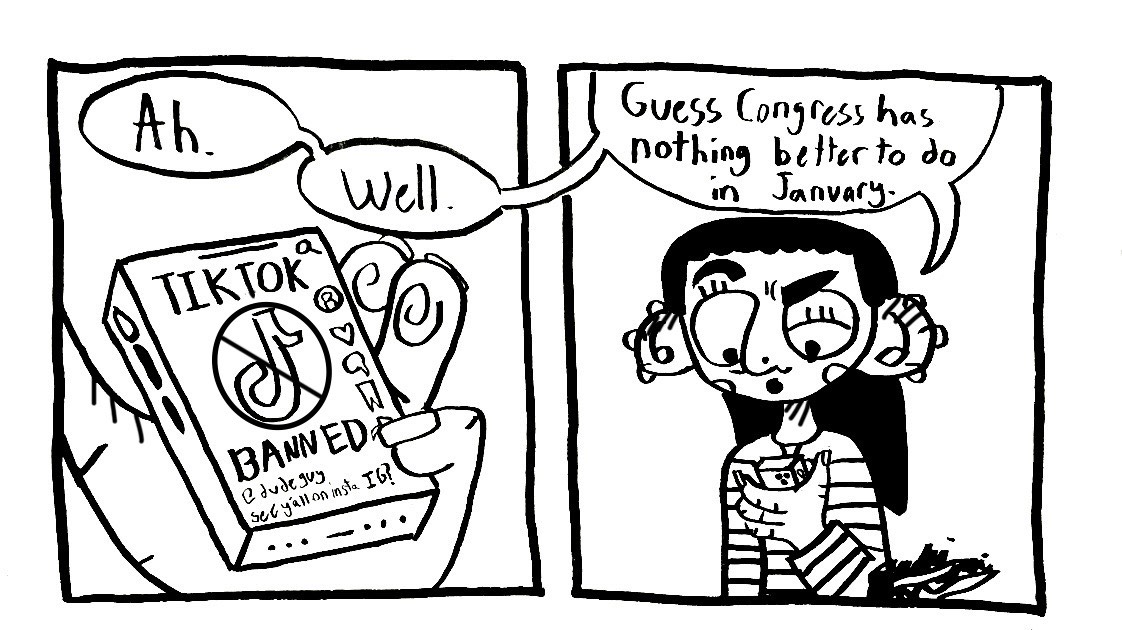There has always been a sort of distaste for politics in major cities. City bosses manning the controls of unstoppable political machines were once the norm from New York to Chicago and beyond, but after many bitter power struggles, Americans were able to bring these systems under control. Still, it seems that sometimes this long legacy is harder to escape than we realize, and D.C.’s recent Ward 2 primary has left a number of questions for Ward 2 residents.
After polling closed on Thursday, Ward 2 seems to have opted to keep 17-year incumbent Jack Evans as a councilmember. Although it was just a primary in the city council race, this election essentially decides the race in a place as left-leaning as D.C. For full disclosure, after watching the candidates discuss the issues, I myself decided to support and volunteer for challenger and GW alumnus Cary Silverman.
The first and most obvious questions will come from the results of Tuesday’s polling. The initial breakdown, according to the D.C. Board of Elections and Ethics, is 48.49 percent for Evans and 34.3 percent for Silverman. Following the math? That leaves 17.21 percent or about 1,550 votes for write-in candidates. This is a huge number considering that there were no write-in candidacies to speak of.
Contrast this with other parts of the District. Ward 4 had 50 people vote for a write-in candidate, and in Ward 7, 16 votes or .27 percent of the electorate went to write-in candidates. To Evans’ and Silverman’s credit, before any official acceptance or challenge was made, they demanded clarification. At the moment, the unusual results seem to be due to computer errors, but more investigation is needed. We have yet to see the final conclusions about these numbers, but it is obvious that some sort of investigation or report should be mandated to explain the discrepancy.
Another issue that needs to be addressed is the manner in which these elections are carried out by the candidates themselves. In many areas, zoning laws were not only ignored but outright violated by both sides, most notably by Jack Evans. The laws permit only three signs for a candidate on one side of the street per side of the block. The institution responsible for fining campaigns for these violations is inefficient and obviously ineffective. Unenforced zoning laws reflect poorly on both the city and the candidates that accept this from their campaigns.
One last objection comes from a personal experience right here in Foggy Bottom. During one of my recent nights spent working on the Silverman campaign, I was near a polling place hanging up the legal number of signs on a street that had more Evans signs than I cared to count. Out of frustration with the sea of red Evans signs, a fellow Silverman supporter pushed an Evans sign to allow for the challenger’s sign.
Within seconds, a truck passing by pulled up and a man stepped out of the car yelling, “Don’t mess with my f***ing signs!” The Silverman staffer responded that the Evans sign was still up and that Evans had “too many signs up anyway.” The man in the car finished with, “I know that! Still, don’t mess with my signs,” and pulled away.
Nobody can be held responsible for the actions of one man in a car, but it is eerily reminiscent of the voter intimidation and election tampering just below the surface of city dwellers’ collective memories. We have come a long way from the likes of Tammany Hall, but these urban legacies still haunt us. With seemingly inexplicable elections results, polling laws being violated and political intimidation, serious questions linger about the nature of city politics.
The writer, a sophomore majoring in political science, is a Hatchet columnist.




